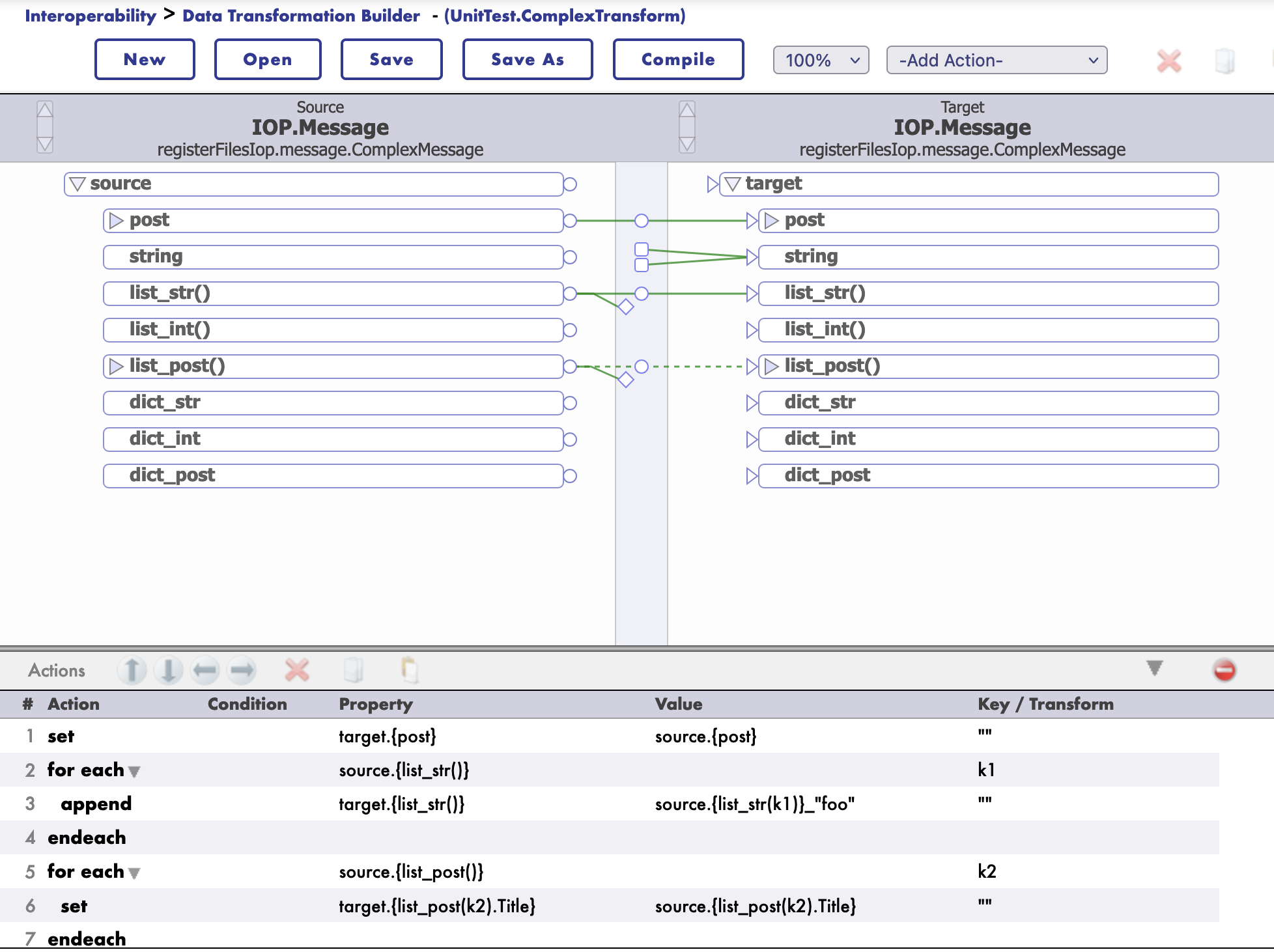Hey, community! 👋
We are a team of Stanford students applying technology to make sense of climate action. AI excites us because we know we can quickly analyze huge amounts of text.
As we require more reports on sustainability, such as responsibility reports and financial statements, it can be challenging to cut through the noise of aspirations and get to the real action: what are companies doing
That’s why we built a tool to match companies with climate actions scraped from company sustainability reports.

.png)
.png)

